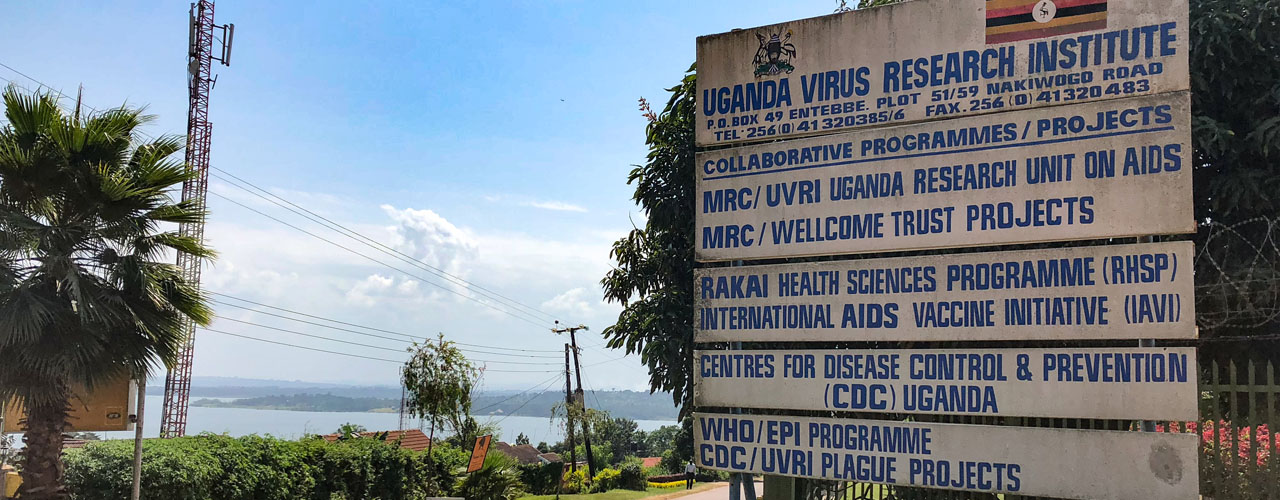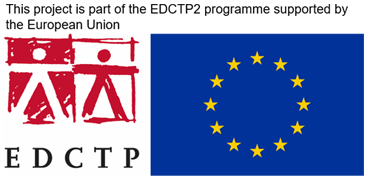Explore more Centres, Projects and Groups
Welcome
Welcome Banner
Bottom Content
Logo List Links
Intro Blocks List
About
This project (grant code: TMA2020CDF-3158) is part of the EDCTP2 programme supported by the European Union. The parent study (CHI-S-Ug) is funded by Wellcome Trust (218454/Z/19/Z)
Our objectives
- To investigate antibody responses to whole recombinant proteins and peptide epitopes of surface-exposed and secreted proteins of S. mansoni before CHI-S and relate this to whether volunteers get infected or not following exposure to CHI-S
- To explore specific anti-glycan antibody responses before CHI-S and relate this to whether they get infected or not following exposure to CHI-S
Significance
This study will provide novel insights into epitope-specific antibody kinetics during CHI-S and profiles associated with resistance or susceptibility to CHI-S. This will be a foundation for further study of protective epitope-specific responses in vaccine studies.
Donations


